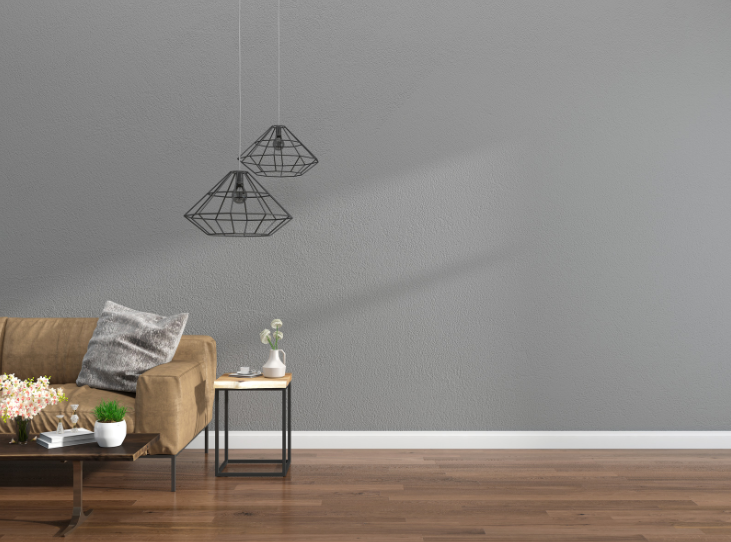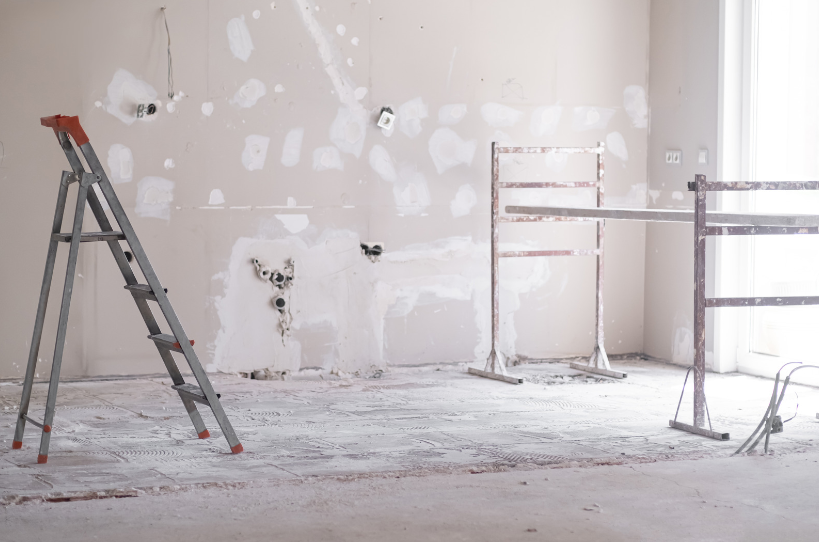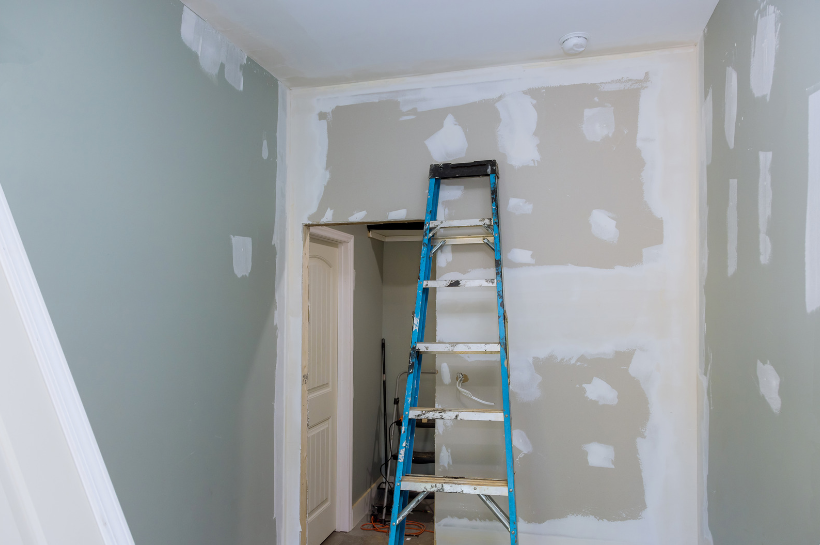How far should drywall be off the floor?
When building or renovating homes, drywall is the most frequently used material. It is an extremely useful material that may be used to construct ceilings and walls. Drywall is a terrific do-it-yourself job for many different households since it is so simple to put up. However, for professional drywall installation, Drywallers Kitchener has proven to do extremely great work.
You might be curious about how high off the ground you should install the drywall. This article will help you understand how far to install drywall off the floor for excellent results.
Is it Right to have a Gap between the Floor and the Drywall?
Initially, it may seem too counter-logical to make space between your floor and your wall; nonetheless, you should always maintain a gap of ½ inch to ⅝ inch between the drywall and the floor. There are various factors that motivate this decision such as;
Drywall can absorb moisture
Drywall placed directly on concrete will absorb any moisture available in the floor, whether that is exposed to moisture now or will be prevalent in the future. Drywall exposed to moisture runs the risk of rotting and falling apart. In addition, it offers the perfect environment for mold to flourish.
Several concrete walls are not leveled well
Even though the flooring built after the drywall can rectify any defects in the floor, if drywall is installed directly on the floor, even a slight slope in the concrete will result in an entire sheet of drywall being crooked. Large gaps may appear either between the sheets of drywall or between the ceiling and the drywall if even one of the sheets is not level.
Different weather variations result in the expansion and contraction of floor and drywall
When the sheets of drywall expand, they will impose pressure on each other if they lay directly on the floor. There is a good chance that this will crack the drywall. Consequently, when a house settles, drywall that comes in close touch with the concrete slab and is forced up as the house settles might fracture.
Can Drywall Touch the Floor?
When the drywall is laid flush against the floor, one of the issues that might arise during the installation process is that the drywall can crumble or bow as a result of the installation. This is due to the drywall's natural expansion and contraction that occurs due to the environment in which it is located.
The drywall has a propensity to crack and bend if there is no modest space to allow for natural movement. This results in the drywall having an unappealing appearance.
If you press the drywall up against the floor, you run the risk of it absorbing moisture, which is another problem that could arise. In the highly improbable case that there is water on the floor or if there is leakage under the floor, the porous quality of the drywall will make it simple for this water to be absorbed. This results in mold growing on your drywall, which ultimately causes the drywall to rot.
Do you want to install your drywall on the floor? It is important to understand the required spacing between the floor and drywall properly. Contact
Drywallers Kitchener Inc. for professional drywall installation.
You might also like



